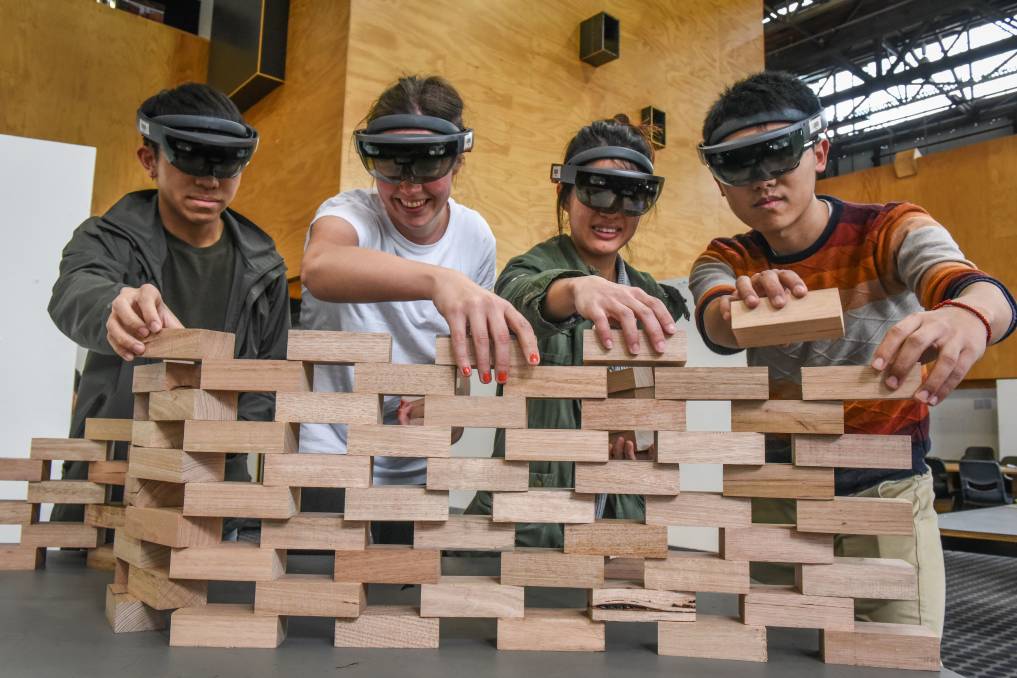
Architecture students at the University of Tasmania are using technology to take their visions to new, locally-sourced heights.
Using augmented reality and Longford-made bricks, the project is hoped to lay the foundation for a larger collaboration between the university and industry.
Kirsten Orr, Professor of Architecture and head of the University of Tasmania’s School of Technology, Environments & Design, spotted the potential of augmented reality and wanted to get her students involved early.
“Philp Lighton Architects recently incorporated Augmented Reality in its work for the Launceston General Hospital,” Ms Orr said.
“Beyond the fun and innovation of the AR application, the firm gained valuable insights about the value of AR to the design process.
“It is clearly going to change the way we visualise new developments and how we build in this country, and it's great to see industry excited by its potential.”
The university believes the technology could improve the ability of bricklayers to realise complex brick structures, like Frank Gehry’s UTS Business School, and the speed at which they could construct them.
Working with half-sized blocks, students were able construct free-standing intricate curving walls in under eight hours without drawings or templates.
The software behind the project comes from Fologram, a Melbourne based software company working with interactive 3D content on Microsoft’s HoloLens.
When using specially calibrated headsets, multiple users can see and interact with the same digital model in physical space – working together in real time on changes that may normally need to be taken back to the proverbial drawing board.
This application of the technology also allows users to place models and plans in their proposed real-world environment before the planning stages are even complete.
The university project is supported by Austral Bricks, who will be providing raw materials and bricklayers to complete full-scale brick prototypes in October.
Kathrine Vand, one of the Master of Architecture students involved in the project, was thrilled by the opportunity to get away from computer models and use some new tools.
“It’s allowing us to use traditional materials in a very interesting way,” she said
Article sourced from: https://www.examiner.com.au/story/5653104/augmented-reality-gives-utas-architecture-students-vision-of-the-future/